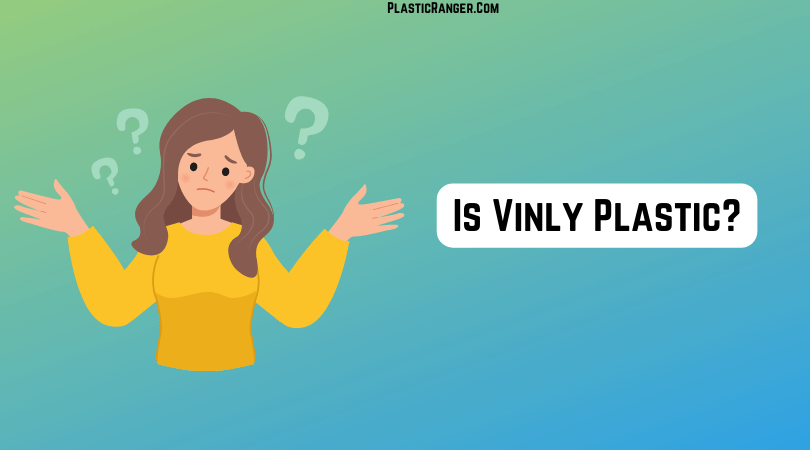Is Vinyl Plastic
A common question often asked in materials is: “Is vinyl a type of plastic?” In this guide, we’ll embark on an adventure to demystify this question, deciphering the vinyl mystery.
Understanding Vinyl
Vinyl, in essence, is a variety of plastic. Naturally, it displays a more brittle character, but with the help of various additives, its resilience and durability are significantly enhanced. In our everyday life, we frequently encounter a wide array of vinyl variants, such as:
- EVA – Ethylene Vinyl Acetate is used in coatings for wires, films, and adhesive materials.
- PEVA – Polyethylene Vinyl Acetate, commonly used in manufacturing shower curtains.
- PVA – Polyvinyl Acetate, a crucial component in adhesives and paints.
- PVB – a key ingredient in the production of safety glass.
- Lastly, the ubiquitous PVC.
Is PVC Vinyl
PVC, standing for Polyvinyl Chloride, is arguably the most recognized vinyl form. So when people get confused between Vinly vs PVC should understand that any item labelled PVC implies that the material has been modified with strengthening additives.
These fortifying substances enhance their robustness, durability, and resistance against UV damage and weather elements.
PVC is different from other vinyl materials because it has a chlorine molecule added to it.
This chlorine is a cause of many environmental health issues related to PVC, as it can create a very harmful chemical called dioxin during PVC’s making and throwing away.
Dioxin is dangerous because it doesn’t easily break down, and it can gather more and more as it moves up the food chain to us humans.
Because of this, dioxin has become a worldwide issue, and an international agreement called the Stockholm Convention now focuses on eliminating methods that create dioxin.
Types of Vinyl
Like many types of plastic, there are also different types of Vinyl. For instance, Rigid Vinyl is commonly used in construction for pipes, windows, and roofing.
Flexible Vinyl, on the other hand, is used for applications like wire insulation, flooring, and inflatable structures.
Each type of Vinyl is unique and has specific uses, yet all are indeed types of plastic.
Why the Confusion?
The confusion between Vinyl and plastic usually stems from their different physical properties. Vinyl tends to be more flexible, durable, and resistant to moisture and sunlight than many other plastics, leading to its wide range of applications.
Its unique general properties make it stand out in the family of plastics, which often leads to the misunderstanding that Vinyl is not plastic.
Vinyl vs. Other Plastics
Is plastic Vinyl a question that people often ask me? Vinyl has several distinctive features compared to other plastics. It is highly resistant to electricity, chemicals, and fire, making it an excellent choice for safe, durable products. Vinyl is also more cost-effective than many other plastics, making it an economical choice for manufacturers and consumers.
However, like all materials, Vinyl also has its drawbacks. For instance, improper disposal can lead to environmental harm.
Environmental Impact of Vinyl
Vinyl has garnered attention for its environmental impact. On the positive side, Vinyl is highly durable and long-lasting, reducing the need for frequent replacement. It’s also recyclable, allowing it to be reused in new products.
However, if not disposed of properly, it can release toxic chemicals. We must handle vinyl products responsibly to mitigate any potential harm.
Conclusion
In summary of all the confusion on Vinyl PVC, I must say in all its forms and uses; Vinyl is indeed a type of plastic. Its unique properties allow for various applications, from construction to consumer products. While it provides several benefits over other materials, it’s important to remember its environmental impact and handle it responsibly.
So, next time you encounter a vinyl product, remember that you’re looking at a remarkable plastic! This guide has offered a comprehensive yet simple look into the world of Vinyl and its relationship with plastic.
The journey of understanding materials is fascinating, filled with science, application, and responsibility. Knowledge is the key, and now you hold it!
Quick Navigation

